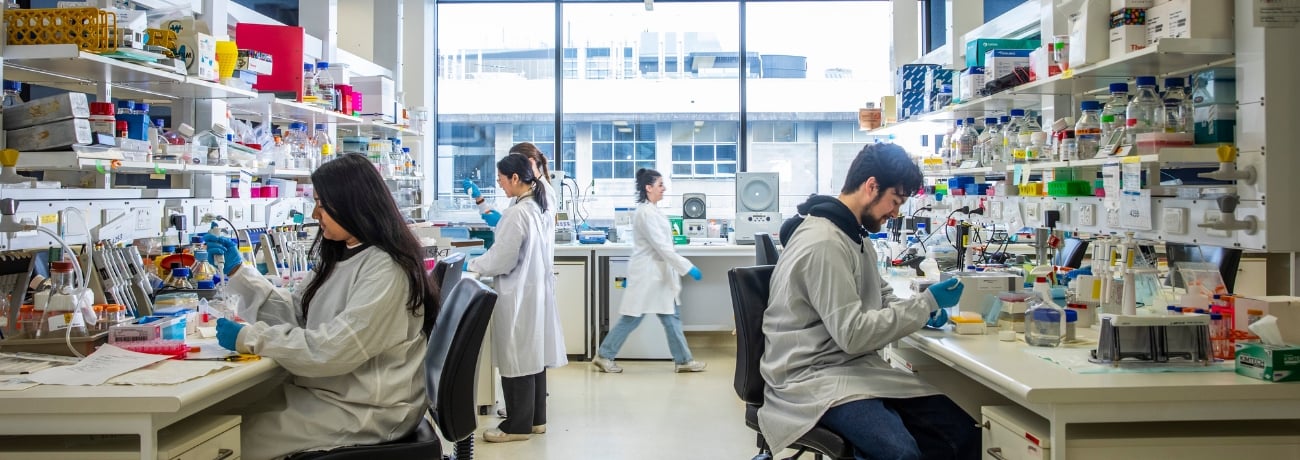Targeting REM sleep behaviour disorder to disentangle synucleinopathy
Parkinson’s disease is the second most common neurodegenerative disorder, affecting over 150,000 Australians, with this number rising in line with an ageing population. Parkinson’s disease, together with dementia with Lewy bodies, multiple systems atrophy and REM sleep behaviour disorder, are characterised by the accumulation of cell-toxic clumps, called Lewy bodies.
Lewy bodies are predominantly made up of a protein called alpha-synuclein and this group of neurodegenerative disorders is commonly termed the ‘synucleinopathies’. When alpha-synuclein toxically clumps together, it leads to cell death in the brain and the development of movement, cognitive and sleep symptoms.
There is an urgent need to understand how alpha-synuclein becomes toxic and why some cells in the brain are preferentially susceptible to develop effective therapies.
The first stages of synucleinopathy are thought to occur 10–20 years before overt motor or cognitive symptoms. This window is crucial to interventions that can stop the spread of toxic alpha-synuclein and halt neurodegeneration. However, identifying patients in this window has proven difficult as there have to date been no reliable blood or non-invasive methods to measure synucleinopathy. Strikingly, more than 80% of REM sleep behaviour disorder patients will go on to develop Parkinson’s disease, dementia with Lewy bodies or multiple systems atrophy within 10 years of diagnosis.
Investigating the specific mechanism of alpha-synuclein toxicity in REM sleep behaviour disorder patients is an exciting opportunity to understand the drivers of neurodegeneration at a time amenable to intervention. We are seeking to generate proof-of-concept data that REM sleep behaviour disorder patients are specifically susceptible to alpha-synuclein degeneration and that investigating this population will provide key insights into the earliest stages of disease.
Aims
- Generate patient iPSC to capture REM sleep behaviour disorder (RBD) genetic diversity.
- Understand the cell type specifically degenerating in RBD patients.
- Develop mechanism-driven insight into alpha-synuclein pathology in RBD.
- Decode why patients develop Parkinson’s disease, multiple systems atrophy or dementia with Lewy bodies following RBD.
Research team
Supervisor
Research group
Collaborators
- Dr Andrew Evans – Royal Melbourne Hospital
- Professor Grant Dewson – Walter and Eliza Hall Institute
Contact us
If you’re interested in learning more about this project please contact our team.
